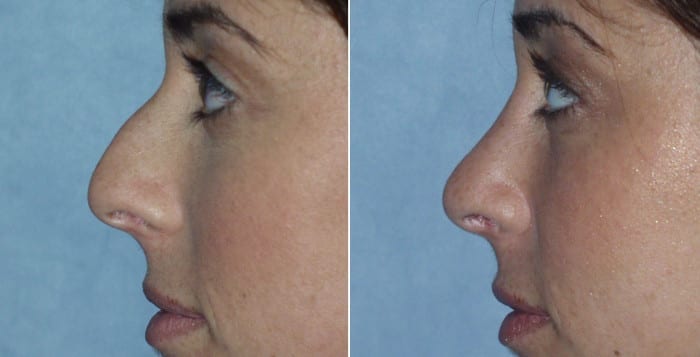By Melissa Arnold
For a child with special needs, the world can be overwhelming.
The things many of us take for granted — a trip to the mall, stopping for a coffee or going to a show — can be frightening and confusing to children with sensory processing issues.
A sensory processing disorder affects how someone experiences their surroundings. Their senses might be too dull, or heightened to the point of discomfort. The disorder, which impacts at least 1 in 20 children, according to the SPD Foundation, can vary widely from person to person. The foundation also reported that 80 percent of people with autism experience symptoms of SPD, though not all people with SPD are autistic.
One thing is shared among them, however: SPD can make life’s little pleasures nearly impossible, not just for those with the disorder, but for their families and caregivers as well.
This year, the Noel S. Ruiz Theatre at the CM Performing Arts Center in Oakdale has been hard at work adapting their children’s theater program for audiences with sensory difficulties.
Office manager Terry Brennan was inspired to bring sensory-friendly shows to the theater after reading about it in a magazine. Broadway theaters occasionally offer an adapted show, but CM is the only theater to do so regularly on Long Island.
Brennan, the former owner of the now-closed Airport Playhouse in Bohemia, is sympathetic to families and children with SPD. “It’s hard when you see a child in the theater who is extra vocal or likes to move around. It can be challenging for their families,” she explained. “We don’t want them to feel embarrassed. I thought, ‘Why don’t we do something, even if it’s just one performance per production?’”
Using brief instructional videos as a guide, Brennan educated the actors and theater staff on what makes sensory-friendly theater work.
“First, as people come in the door, there are sensory-friendly toys in the lobby, like Koosh balls and blocks, that the kids can play with while waiting for the show to start. They can bring the toys into the theater with them,” she said. “Families may also use cellphones or tablets with children who need distraction throughout the show, as long as the volume is turned off.
The key to an adapted production is to tone down elements of a show that may be disturbing to viewers with SPD. The house lights, which are normally off during a show, are kept on to prevent sudden darkness. Strobe lights, fog machines and most other special effects are not used. In addition, there is typically no intermission, as it can disrupt focus and peace for people with SPD. Most shows will run about one hour straight through.
The volume for sensory-friendly shows is lowered, and actors tend to avoid physical interaction with audience members unless directly approached first.
Beyond that, audience members are welcome to sing, dance, yell and move around to their hearts’ content. They can also meet cast members after the show if they’d like.
The theater held its first sensory-friendly performance, “Pinocchio Jr.,” in the summer of last year. At the time, there were just three families in the audience. But Brennan wasn’t measuring success by audience size, she said.
“To me, success is when a parent comes up to me and says, ‘Thank you, I didn’t feel like I had to leave or feel embarrassed at all.’ She could let her son stay and enjoy. It was wonderful.”
Today, sensory-friendly shows at the theater can bring in audiences of more than 100 people.
Kristen Digilio, director of the children’s shows and an occasional cast member, was working in the light booth during “Pinocchio.”
“Getting to see the kids waving, clapping and getting vocally involved was really exciting,” she recalled. “It was easy for them to get up and dance. We encourage audience participation in all of our shows, and this was special.”
She added that learning the basics of sensory-friendly theater was a breeze for the actors.
“It was really cool to learn about, because as a junior production, we were working with young actors,” she said. “There was even an actor in that show (‘Pinocchio’) with autism, so he was pumped for the changes and was really able to share why it made a difference.”
The theater is currently celebrating 38 years of children’s productions, and they plan to hold one sensory-friendly show per production from now on.
There are two upcoming sensory-friendly shows this season, including “My Christmas Elf” on Dec. 5 at 11 a.m. and “The Musical Adventures of Flat Stanley” on Feb. 27, 2016, at 11 a.m.
Sensory-friendly shows for “Schoolhouse Rock,” “Willy Wonka and the Chocolate Factory,” and “James and the Giant Peach,” in the spring and summer of 2016, will also be held. Dates for those shows will be announced soon.
The CM Performing Arts Center is located at 931 Montauk Highway in Oakdale. Admission for all children’s performances is $12. To learn more about the theater and its sensory-friendly productions, call 631-218-2810 or visit www.cmpac.com.













